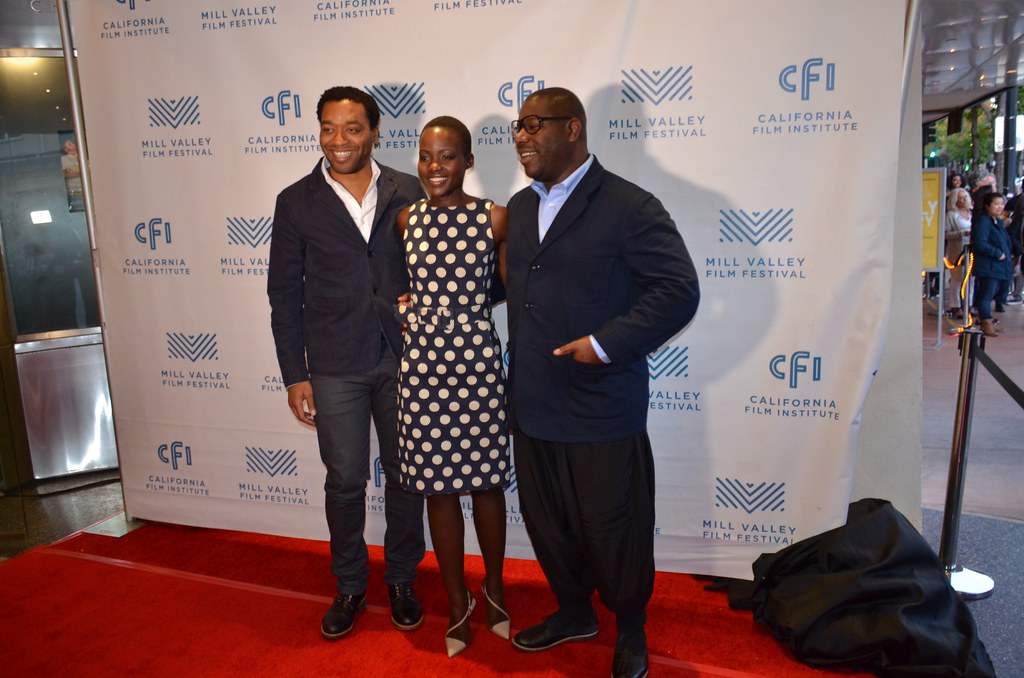
Steve McQueen, a name synonymous with a particular brand of effortless charisma and raw intensity, remains an indelible figure in the annals of Hollywood. Dubbed “the King of Cool,” his presence on screen was a captivating blend of relaxed confidence and electric energy, a dichotomy that allowed him to embody underdogs and disruptors with unparalleled authenticity. He was a man who famously refused to abide by the established order, forging his own path both in his career and in the iconic roles he brought to life.
While his untimely passing in 1980 at the age of 50 may have curtailed what would undoubtedly have been an even more extensive and varied filmography, his existing body of work speaks volumes about his immense and interesting talent. McQueen’s control over his performances, effortlessly shifting between a calm demeanor and explosive action, along with his genuine and visible appreciation for life, created a screen persona that few have matched. It is this unique artistry that ensured his transition from a television star in “Wanted Dead or Alive” to a cinematic legend.
We embark now on an appreciative journey through the first half of his most defining big-screen achievements, a collection of films that not only showcased his signature style but also cemented his legacy as one of the 1960s and 1970s’ biggest and most beloved stars. These aren’t just movies; they are testament to a performer who infused every frame with a compelling magnetism, leaving an unforgettable imprint on cinema and the cultural landscape.
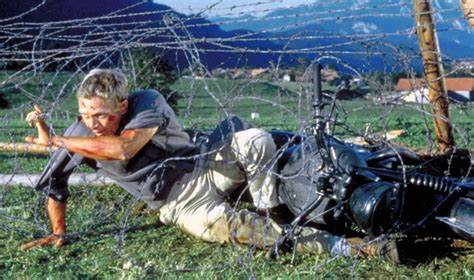
1. **The Great Escape (United Artists)**: For many, “The Great Escape” truly launched Steve McQueen into the stratosphere of superstardom, a pivotal moment that catapulted him beyond his television fame and his strong co-starring turn in “The Magnificent Seven.” This film offered him a truly showy role, one he filled with an abundance of guts and a charisma that resonated deeply with audiences worldwide. It was a role that perfectly distilled the essence of his appeal: a rebellious spirit, determined and resourceful, yet capable of profound self-sacrifice.
The character’s journey within the confines of a seemingly escape-proof German prisoner-of-war camp remains as powerful today as it was six decades ago. McQueen’s portrayal of resilience in the face of relentless oppression is central to the film’s enduring message. He brings a palpable sense of defiance and ingenuity to the screen, embodying the human spirit’s refusal to be broken, a theme that, tragically, still feels remarkably timely even today.
And then, of course, there’s the legendary motorcycle chase and the climactic fence jump—a sequence that thrills so successfully that it’s easy, each and every time one watches, to momentarily forget its heartbreaking end in his recapture. This iconic scene is not merely an action spectacle but a powerful symbol of the character’s unwavering commitment to freedom. McQueen’s involvement here was not just acting; it was a physical manifestation of his “King of Cool” persona, performing stunts that few stars dared.
Under the masterful control of director John Sturges, who had previously united McQueen with Charles Bronson and James Coburn in “The Magnificent Seven,” “The Great Escape” benefits from a heavy-hitting ensemble cast. James Garner, Richard Attenborough, and Donald Pleasance, among others, help bring this rousing story to life, creating one of the great prison escape films. The knowledge that it is loosely based on real events adds additional weight to its powerful themes of courage, honor, and integrity, making the film all the more relevant and inspiring.
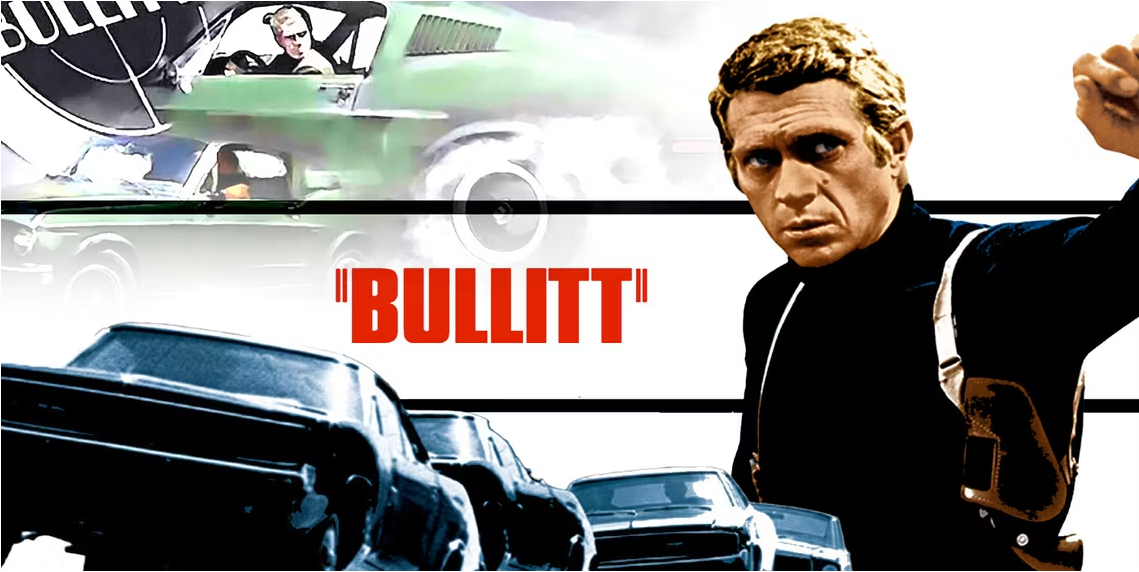
2. **Bullitt (Warner Bros.)**: “Bullitt” stands as a towering achievement in pure action filmmaking, a cinematic experience where Steve McQueen is undeniably at his most iconically cool. Directed with taut precision by Peter Yates, the film casts McQueen as a police detective, Bullitt, whose personal integrity is challenged when a state’s witness under his protection is gunned down. His subsequent relentless pursuit of the truth, often defying bureaucratic interference, defines the film’s gritty, authentic procedural style.
Any discussion of “Bullitt” is incomplete without acknowledging its legendary car chase sequence, a masterclass in cinematic adrenaline that invariably revs its engines near the top of any list of the greatest in film history. What makes this particular chase so enduringly impressive, especially for a film over half a century old, is a combination of factors. The sprawling beauty and challenging topography of San Francisco serve as a visceral, physical backdrop for the action, making every turn and jump feel tangible.
Director Peter Yates masterfully allows the chase to breathe, notably stripping it of dialogue and much of its musical score for extended periods. This deliberate choice amplifies the raw, kinetic energy, plunging viewers directly into the heart of the pursuit as it careens from busy city streets to breathtakingly scenic, desolate stretches. It’s an immersive experience that prioritizes visceral thrills over exposition, a bold move that paid off handsomely.
While the car chase is undeniably memorable, and perhaps what too many viewers exclusively remember, it is both understandable and unfortunate to reduce “Bullitt” to just that. The film itself is a classic for reasons extending far beyond its automotive acrobatics. It’s a dense procedural that showcases Bullitt and his team undertaking the arduous, methodical grunt work required to solve their case and apprehend the bad guys. McQueen delivers a performance that epitomizes his steely-eyed, cool-as-hell best, creating a captivating anti-hero whose influence reverberated through subsequent action stars. The supporting players, including Robert Vaughn, Jacqueline Bisset, and Robert Duvall, add significant depth, culminating in a thrillingly tense airport set piece, again mostly free of dialogue and score, which feels like an undeniable inspiration for the ending of Michael Mann’s seminal crime thriller, “Heat.”
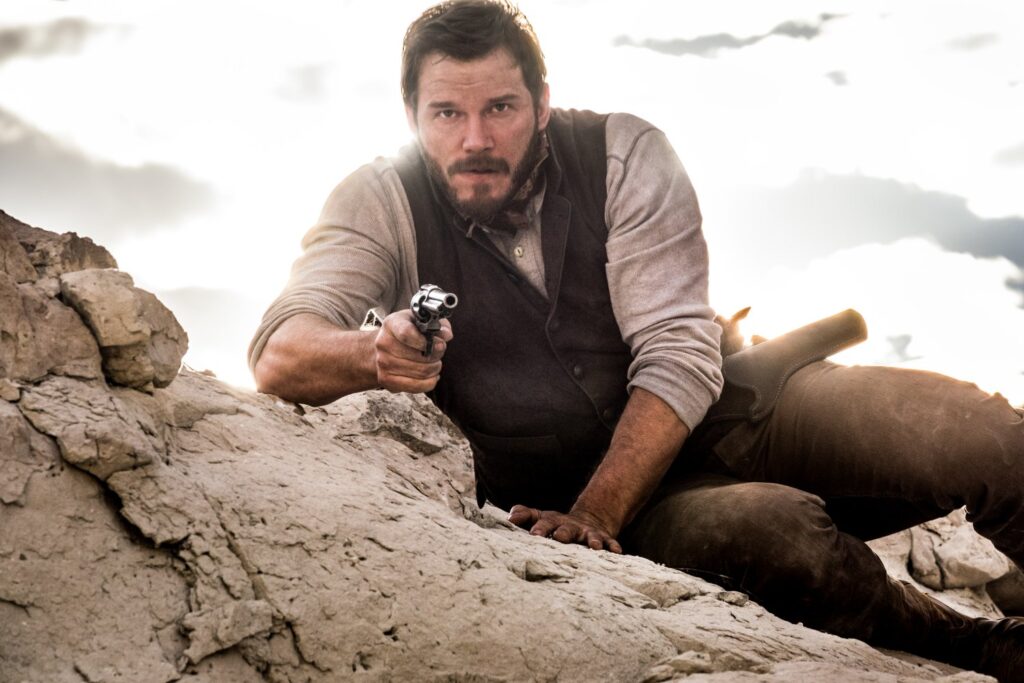
3. **The Magnificent Seven (United Artists)**: From the very opening notes of Elmer Bernstein’s iconic score, “The Magnificent Seven” immediately signals to the audience that they are in for a rollicking good time, a promise that the film consistently delivers upon. This John Sturges western epic, an unofficial remake of Akira Kurosawa’s monumental “Seven Samurai” (1954), is not merely an imitation but a classic that proudly stands on its own boot heels as one of the finest westerns of all time.
A significant key to its resounding success lies in its extraordinary ensemble cast, featuring big-screen stars on the rise who would go on to become legends in their own right. Yul Brynner, Charles Bronson, James Coburn, Robert Vaughn, and, of course, Steve McQueen, each brought their unique brand of charisma to the screen. Every actor carved out a memorable presence through a combination of bravado, distinctive appearance, and specific skillset, creating an unforgettable band of heroes.
Adding to this stellar lineup was Eli Wallach, portraying the formidable head Mexican bandit, Calvera, creating an epic collision of talent and testosterone that fueled the film’s dramatic tension. While it might be acknowledged that the portrayal of the bandit leader was a product of a different era, Wallach’s performance is undeniably powerful, making him a truly formidable adversary for the titular heroes.
Steve McQueen, though third-billed and playing a clear sidekick to Brynner’s lead, still managed to have his casual coolness ooze outward with every scene. His character, Vin, is not just a gunslinger motivated by financial reward; he’s an action junkie with a discernible conscience, a man who chooses to fight for justice. “The Magnificent Seven” marked a crucial turning point in McQueen’s career, serving as his first major big-screen western after his success as a television star in “Wanted Dead or Alive,” and it provided him with the necessary boost to leave the small screen behind for good, solidifying his path toward cinematic immortality.
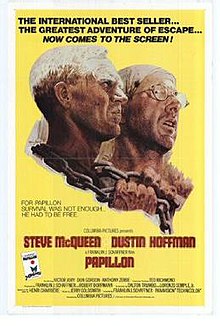
4. **Papillon (Allied Artists)**: “Papillon” stands as one of Steve McQueen’s most popular and enduring films, largely because it taps into a fundamental human desire: the determination to be free. Here, McQueen portrays Henri Charrière, famously nicknamed “the Butterfly,” a burglar convicted of a crime he vehemently denies committing, and whose subsequent imprisonment on Devil’s Island becomes an epic test of human will and endurance.
The film presents a grueling litany of abuse and hopelessness, charting the dampening of the human spirit within a brutal penal colony. As bleak as things get—and they descend into profound despair—McQueen’s Papillon remains an unbent figure, a man who steadfastly refuses to give up or give in. This unwavering resolve makes for a draining yet ultimately incredibly inspiring watch, as viewers are continually drawn to his defiant spirit in the face of overwhelming odds.
Papillon is unequivocally the center of the film, yet it’s made abundantly clear that his extraordinary endurance and emotional sustenance are significantly fueled by those around him. While some individuals prove helpful and others turn their backs, he finds an indispensable partner in Dustin Hoffman’s Louis Dega, an eccentric and brilliant inmate with resources and a critical need for protection.
Dega serves not only as Papillon’s crucial reminder that compassion and kindness can still exist even in the most inhumane environments but also as a powerful message for viewers. Their complex and evolving partnership highlights the profound impact human connection can have. Papillon, through McQueen’s compelling performance, ultimately encourages us to keep fighting, no matter how long or arduous the journey toward liberation might be, embodying a resilience that transcends the screen.

5. **Le Mans (National General Pictures)**: “Le Mans” was more than just a film for Steve McQueen; it was a profound passion project, born from his deep-seated love for automobile racing. As an ardent enthusiast, McQueen was determined to capture the visceral intensity and unadulterated reality of the world’s most daunting racecourse, an ambition that frequently put him at odds with traditional Hollywood filmmaking.
His desire for authenticity famously led to significant clashes with talents behind the camera, including the film’s original director, John Sturges, who had previously helmed two of McQueen’s biggest successes, “The Magnificent Seven” and “The Great Escape.” Sturges envisioned a more conventional adventure film, while McQueen ardently pursued a documentary-like realism, prioritizing the experience of racing over a traditional narrative structure. This commitment was so profound that McQueen ultimately forewent his salary in exchange for the film’s completion and integrity, a testament to his artistic vision.
Upon its initial release, “Le Mans” received a tepid reception, largely because critics and audiences, accustomed to more explicit plotlines and “happy” endings, struggled with its unconventional approach. However, time has been rightfully kind to the film, as subsequent generations of viewers have come to appreciate its thoughtful and intelligent exploration of the sport and the intense mindset of its competitors. It’s a film that eschews conventional storytelling for an immersive experience.
To achieve this immersion, the film famously spends significant periods devoid of dialogue—more than 30 minutes before the first real words are spoken. Instead, viewers are invited to fully take in the raw sights and sounds of the race, feeling the roar of the engines and the tension on the track. McQueen’s character, Michael Delaney, articulates the film’s philosophical core: “When you’re racing, it’s life. Anything that happens before or after is just waiting.” This sentiment permeates the entire experience, leading to an ending that finds real integrity amidst the gas-powered ambition, capturing the true essence of competitive racing.
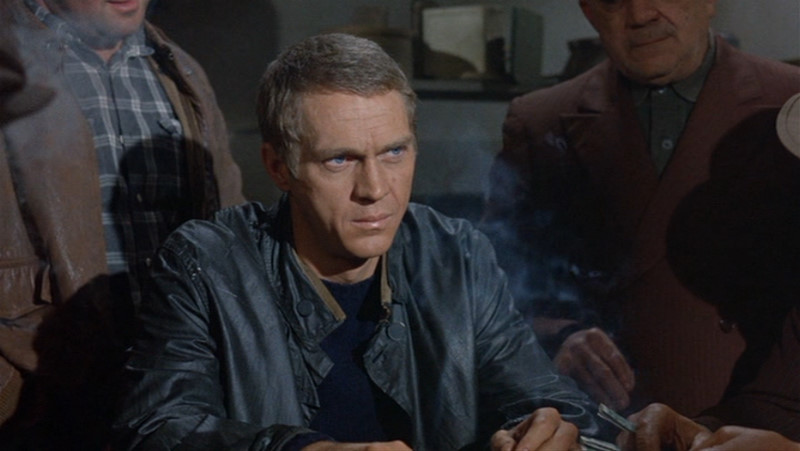
6. **The Cincinnati Kid (MGM)**When one discusses classic films featuring a young, ambitious player squaring off against an established legend, the immediate inclination might be to mention a particular pool shark. However, Norman Jewison’s “The Cincinnati Kid” unequivocally stands on its own substantial merit, a testament to its unique charms as a highly entertaining poker drama. Steve McQueen takes center stage as Eric Stoner, a rising card phenom in Cincinnati whose unwavering ego compels him to challenge the undisputed master of the felt, played with captivating gravitas by the excellent Edward G. Robinson.
Jewison masterfully orchestrates the poker scenes, imbuing them with a palpable tension that makes card games inherently riveting to behold. This cinematic wizardry is achieved through nimble editing by the future director Hal Ashby and an exceptionally engaging cast that holds the audience rapt. Ann-Margret and Karl Malden deliver compelling performances as an entangled couple caught in a meticulously planned grift, orchestrated by the wonderfully malicious Rip Torn, while Joan Blondell shines as the poker expert, Lady Fingers, earning a Golden Globe nomination for her nuanced portrayal.
McQueen, leveraging his effortlessly cool persona, channels a formidable blend of self-confidence and a focused sense of ego into Eric Stoner. His character embodies a conviction that he simply cannot lose, almost as if he can bend fate to his will. Yet, the narrative skillfully interweaves a series of personal obstacles and challenges—including attempts at sidelining love and friendship in his singular pursuit of winning—that ultimately test the very foundation of his certainty, revealing the human cost behind the cards.
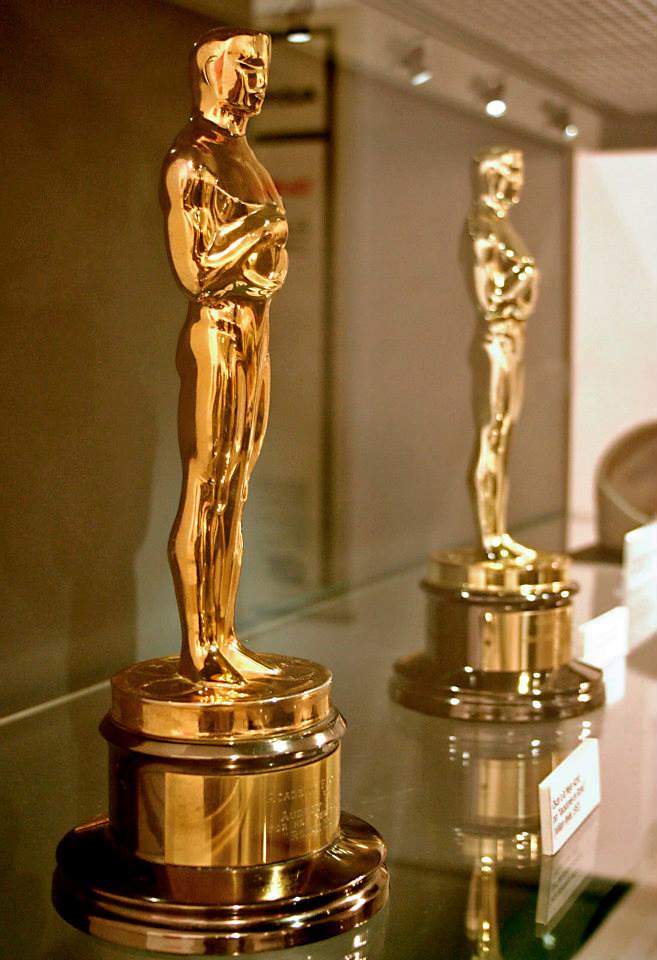
7. **The Sand Pebbles (20th Century Fox)**“The Sand Pebbles” represents a monumental achievement in Steve McQueen’s filmography, earning him his sole Academy Award nomination for Best Actor. This epic adaptation of Richard McKenna’s bestseller plunges viewers into the tumultuous landscape of 1926 China, where McQueen portrays Jake Holman, a rebellious engine room sailor aboard the U.S. gunboat San Pablo patrolling the Yangtze River. Directed by Robert Wise, the film masterfully blends action, romance, and trenchant social commentary within its expansive three-hour runtime.
The film’s considerable length, often perceived as its biggest hurdle for new viewers, is in fact its greatest strength. While it may demand a hefty investment of time and attention, the deliberate pacing allows the nuanced ebb and flow of daily life aboard the gunboat and among the Chinese locals to breathe. Wise judiciously avoids simply cutting out moments of calm, erraticism, or the ugly realities, choosing instead to immerse the audience fully in the period, allowing the narrative and character developments to unfold with a natural, organic rhythm.
This unhurried approach is crucial to the profound arc of McQueen’s character. Jake Holman begins as a seemingly single-minded, casually racist, and wholly indifferent man, struggling to reconcile the casual contradictions of war that increasingly overwhelm him. However, the film’s ample “down time” grants him the opportunity to observe and eventually perceive the locals as individual people, fostering a palpable shift in his motivations and methodologies. His choices gradually become more humane and empathetic, marking a noticeable and deeply affecting change in one person’s capacity for connection, proving that sometimes, that subtle transformation is more than enough to resonate deeply.

8. **Love with the Proper Stranger (Paramount Pictures)**Among Steve McQueen’s diverse body of work, “Love with the Proper Stranger” stands out as a distinctly atypical entry, a heartfelt romantic drama that ventures into territories rarely explored by the “King of Cool.” Directed by Robert Mulligan and featuring the luminous Natalie Wood, the film casts McQueen as Rocky Papasano, a struggling jazz musician who finds himself navigating the unexpected aftermath of a passionate one-night stand with Angie Rossini (Wood), a young Italian American salesclerk who discovers she is pregnant.
The narrative unfolds with a blend of progressive social commentary, touching romantic drama, and moments of genuine comedy, making for a truly unique cinematic experience. As Rocky reluctantly agrees to help Angie secure an abortion, they are propelled into a series of interactions that force them to confront both societal norms and their own budding, complex feelings. The film masterfully balances sweet and silly exchanges with stark and even frightening scenes, including a brief, poignant visit to a back-alley abortionist, reflecting the challenging realities of the era.
What makes “Love with the Proper Stranger” so compelling is the natural, unforced evolution of Angie and Rocky’s relationship. They begin their journey planning an abortion before truly knowing each other, yet through the shared ordeal, they gradually fall in love. McQueen proves himself remarkably adept at portraying a “nice guy” who, despite his initial reluctance, genuinely wants to do the right thing, even as he struggles to comprehend the full scope of his own desires. His performance is a gentle reminder of his versatility beyond the high-octane roles.
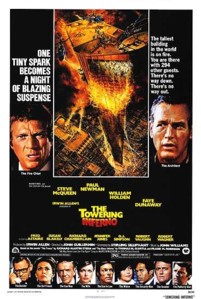
9. **The Towering Inferno (20th Century Fox/Warners)**The 1970s saw a surge in big-screen disaster movies, a subgenre that reached its spectacular zenith with “The Towering Inferno.” This colossal production, a big-budget, all-star spectacle, not only captivated audiences but also earned an Oscar nomination for Best Picture. The film sets the stage in a dazzling San Francisco skyscraper, designed by architect Doug Roberts (Paul Newman), which, on the eve of its grand opening, becomes a towering inferno, threatening the lives of everyone trapped inside its 135 stories.
Directed by John Guillermin, the narrative thrusts McQueen into the role of gruff San Francisco Fire Chief Michael O’Hallorhan, who teams up with Newman’s architect to heroically battle the blaze and rescue the illustrious A-listers caught in the inferno. While some might dismiss it as silly or overblown—and at a whopping 165 minutes, certainly overlong—the film delivers undeniable, thrilling fun. It’s a relentless onslaught of big stunts, fiery set-pieces, and ample melodrama, all elevated by an assembly of Hollywood legends including William Holden, Faye Dunaway, Fred Astaire, and Richard Chamberlain.
In a filmography largely defined by rogue, anti-establishment figures, McQueen’s portrayal of a disciplined fire chief is a rare, yet highly effective, departure. His patented cool, a hallmark of his persona, infuses Chief O’Hallorhan with an informed authority and an almost superhuman grace under fire. This steady demeanor reassures both the panicked civilians on screen and the audience, silently conveying that, despite the chaos, everything will ultimately be okay. This calm confidence, even amid a notorious on-set rivalry with co-star Paul Newman, served the film brilliantly, making him the definitive figure of composed heroism.

10. **Junior Bonner (Cinerama Releasing)**“Junior Bonner” is arguably the gentlest and most introspective entry in Sam Peckinpah’s filmography, a surprisingly tender departure from his usual repertoire of anarchic violence and misanthropic characters. In this poignant western, Steve McQueen delivers a compelling performance as Junior Bonner, an aging bronco-busting rodeo rider whose career is in its twilight years, leaving him with little beyond sore muscles and a looming sense of an ending. He returns to his hometown of Prescott, Arizona, only to find his family deeply fractured and his past slipping away.
The narrative explores a profound sense of melancholia as Junior navigates the unraveling of his family life; his father, Ace (Robert Preston), has separated from his mother, Elvira (Ida Lupino), and his pragmatic brother, Curly (Joe Don Baker), is poised to sell the family land for a trailer park development. Despite being a victim of a curious surge in rodeo-related movies of the early 1970s, and subsequently bombing at the box office, perhaps because audiences expected another Peckinpah shoot-em-up, the film is a charming comedic drama that has gained appreciation over time.
At its heart, “Junior Bonner” is a meditation on a dying breed—the cowboy—and the world that no longer has room for them. Yet, neither the film nor its characters succumb entirely to this pervasive sadness. Like many of McQueen’s iconic roles, Junior is a man who steadfastly refuses to live wholly within the system, clinging tightly to his passion even when every metric suggests retirement. We cheer for him to defy the inevitable, embodying a spirit of resilience that transcends the screen, beautifully complemented by Ida Lupino’s powerful supporting turn as his long-suffering, yet resolute, mother.
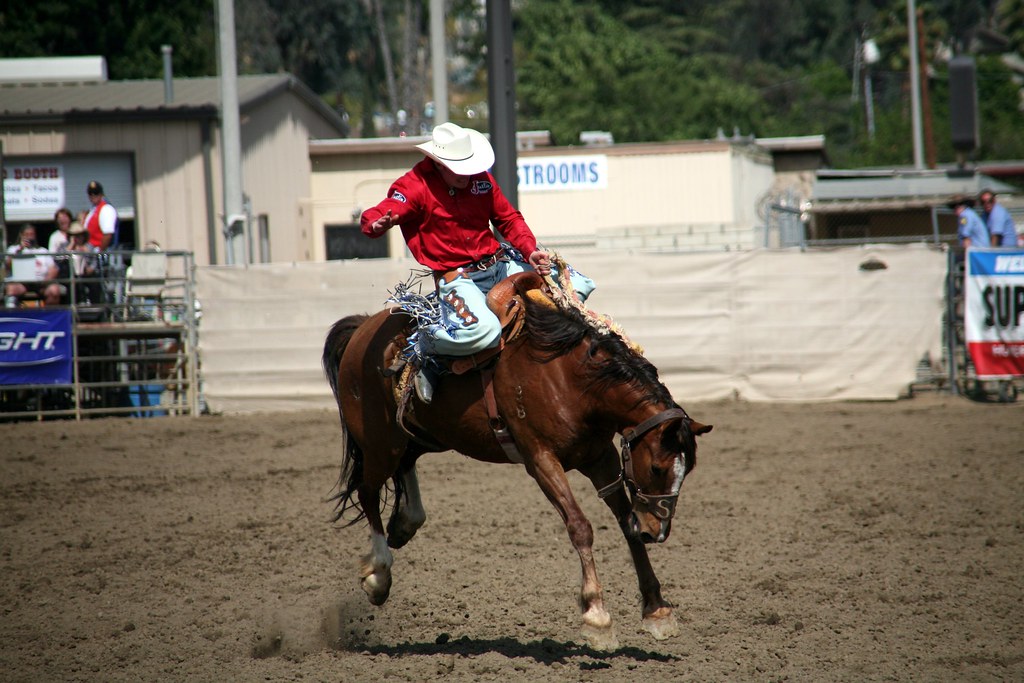
11. **The Hunter (Paramount Pictures)**“The Hunter” holds the poignant distinction of being Steve McQueen’s final film, released just months before his untimely passing in 1980. While initially met with a tepid consensus and subsequently overshadowed by his death, this film has, over time, been appreciated as a wonderfully symmetrical closing chapter to his storied career. McQueen returns to the role of a bounty hunter, echoing his breakout television success in “Wanted Dead or Alive,” but this time as Ralph “Papa” Thorson, an aging veteran of the profession who begins to realize he might finally be too old for the relentless chase.
The film plunges Papa Thorson into the familiar world of tracking down criminals across the United States, yet it imbues his pursuits with an “irked resignation.” Despite the high stakes, director Buzz Kulik orchestrates an energetic movie with an affable tone, finding a willing partner in McQueen, who moves through the scenes with a casual coolness distinctly different from the steely intensity of “Bullitt.” This is the coolness of an old man keenly aware of his limited time, both in the literal sense and within his chosen profession, yet utterly indifferent to the judgment of others.
“The Hunter” is lightweight, thrilling stuff, delivering a consistently good time thanks to McQueen’s terrifically charismatic and personable lead performance. It’s a film that offers a compelling, albeit poignant, farewell, allowing McQueen to depart the screen with a knowing smile. One memorable sequence sees Papa Thorson engaging in an epic pursuit through Chicago, riding atop a moving train, a final, exhilarating demonstration of a legend who, even at the end, refused to go quietly, leaving audiences with a memorable blend of action and bittersweet charm.
Steve McQueen’s filmography is far more than a collection of critically acclaimed performances; it is a tapestry woven with raw charisma, unwavering determination, and an almost defiant individuality. From the intense poker tables of “The Cincinnati Kid” to the treacherous battlefields of “The Sand Pebbles,” and from the surprising tenderness of “Love with the Proper Stranger” to the high-stakes heroics of “The Towering Inferno,” each film offers a unique facet of a man who continually pushed boundaries. His later roles, like the introspective rodeo rider in “Junior Bonner” and the world-weary bounty hunter in “The Hunter,” reveal an actor who, even as his career drew to a close, remained utterly captivating. McQueen wasn’t just an actor; he was a cultural phenomenon, a rebellious spirit who redefined cool, leaving an indelible mark on cinematic history that continues to inspire and entertain generations.



